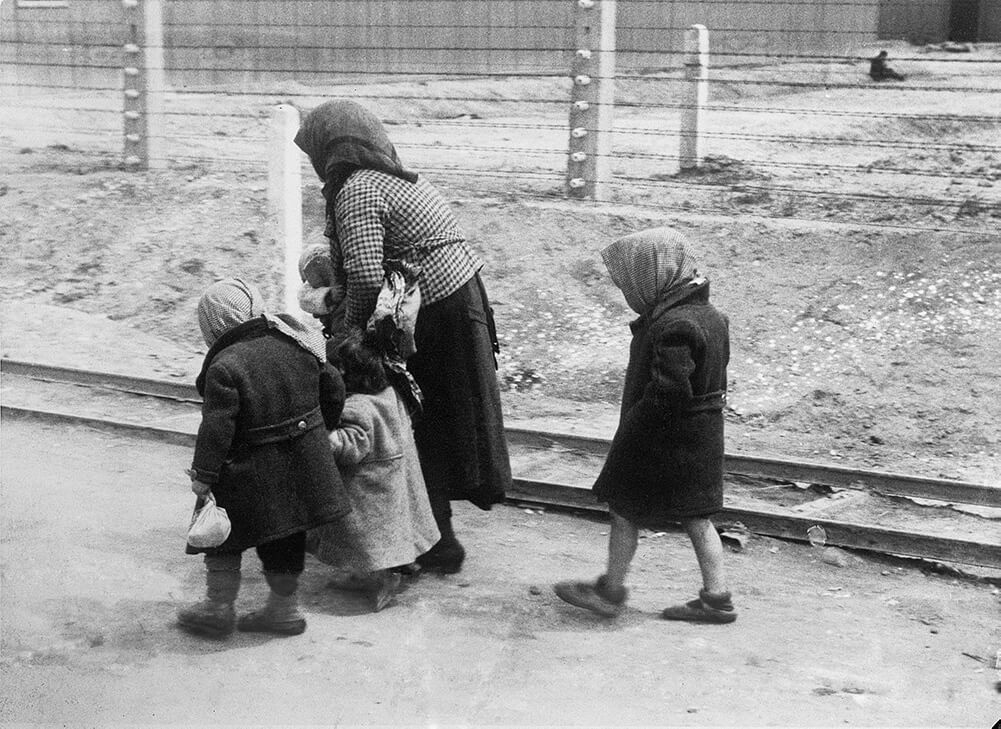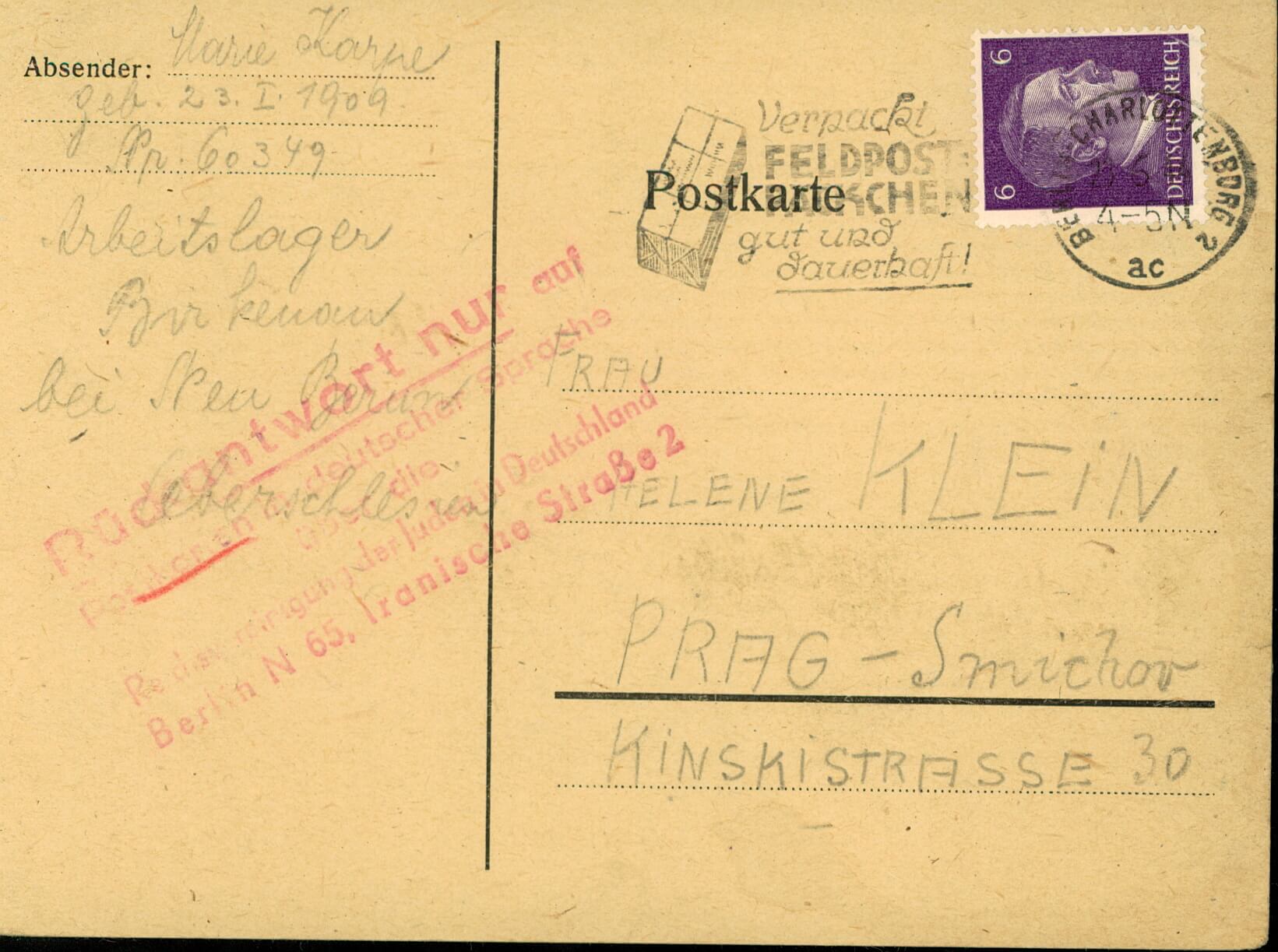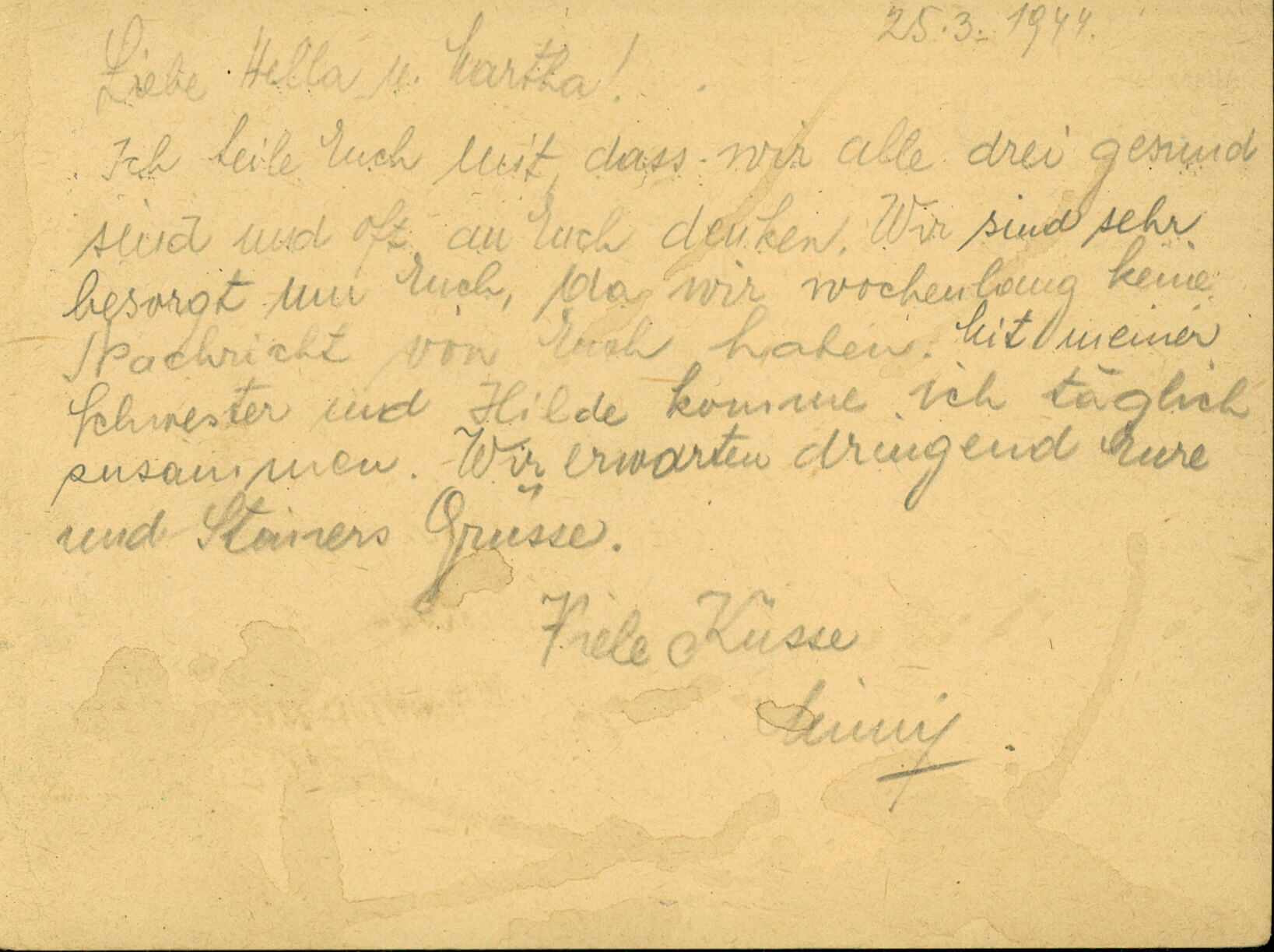Oświęcim–Brzezinka / Auschwitz–Birkenau
The largest Nazi concentration camp complex during the Second World War was located in the Polish city of Oświęcim in Upper Silesia. Founded on the orders of Heinrich Himmler, it comprised three camps. The first was Auschwitz I–Stammlager, established in April 1940. Construction of the concentration and extermination camp Auschwitz II–Birkenau (Oświęcim II–Brzezinka) began in March 1941. The concentration and forced labour camp Auschwitz III–Monowitz (Oświęcim III–Monovice) was established in October 1942. Auschwitz II–Birkenau, the largest section of the entire complex, was designed to receive large numbers of transports of Jewish deportees and to kill them en masse. It became the main site for the mass extermination of Jews as part of the “Final Solution of the Jewish Question”. The prisoners were subjected upon arrival to a selection process on the ramp. Those capable of work were chosen for slave labour. The elderly, the sick, and mothers with small children were sent straight to the gas chambers, where they were killed with Zyklon B gas.
More than 46,000 people were deported from the Terezín ghetto to Auschwitz II–Birkenau between October 1942 and October 1944. The Terezín Family Camp (officially BIIb) was a special section of Birkenau. Unlike other deportees, the prisoners of this camp did not undergo the selection process upon arrival, did not have their heads shaved, and they were allowed to keep their own clothes. Their privilege of survival, however, was only to last for six months. On the night of 8–9 March 1944, more than 3,700 of the men, women and children who had been deported from Terezín in September 1943 were killed in the gas chambers. This was the largest single murder of Czechoslovak citizens during the Second World War. In total, 17,500 prisoners were sent to the family camp in 1943–1944. More than 16,000 of them perished, including 4,518 children under the age of 15. Only 245 of the children lived to see the liberation.


